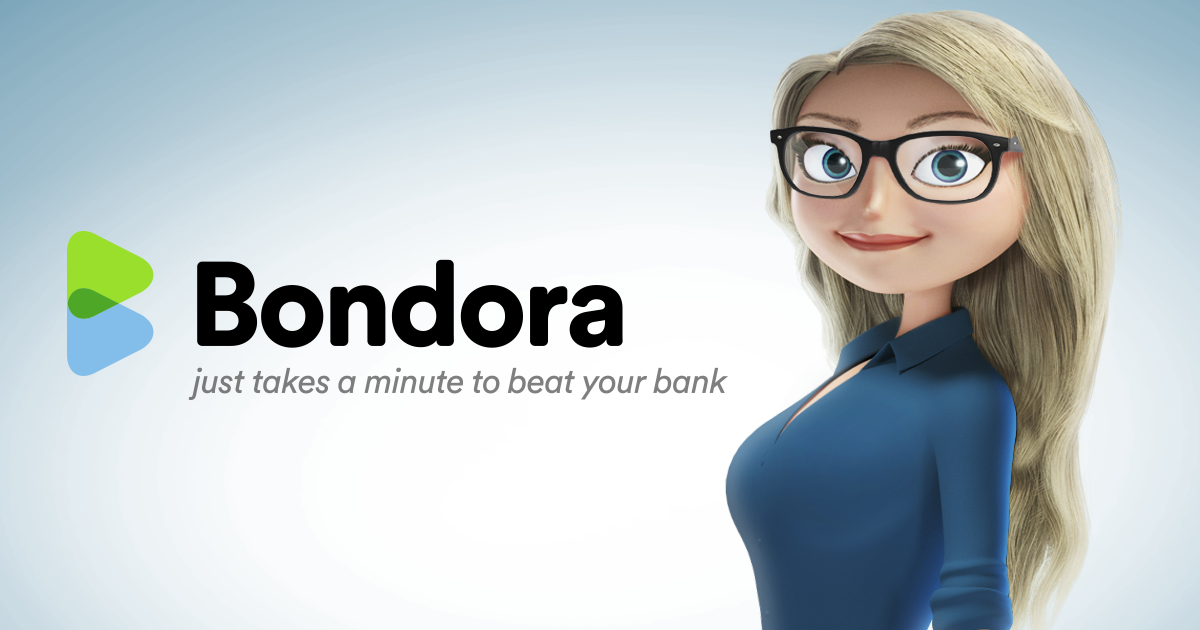Recently an investor wrote to our support team and asked a great question:“Hey, how can I earn 10% or more interest every year with no risk?”

Ha.
We would love to say earning 10% each year with absolutely no risk is possible, but the truth is that with any investment you should always be aware of the risks involved. This is applicable for all asset classes, with the level of risk being different for each.
But there’s no need to despair, plenty of people consistently earn 10% or more per year because they are aware of the risks involved and manage this risk appropriately in proportion with their targeted gain. This is actually not exclusive to an individual or retail level investor either. Investment banks have been doing this for centuries, even today, if you walked on to a trading floor on Wall Street or Canary Wharf you would see financial traders leveraging themselves with extremely high-risk high-return strategies.
Here are 3 ways you can easily and instantly start managing your risk today:
1. Diversify
It goes without saying that diversification is the golden rule of investing. That being said, many prolific investors are known for saying that concentration within a single asset class is equally as important. This means that you do not necessarily need to have a share of your portfolio in every single asset class that exists, but you could pick a few and become experts in those areas. Even within an asset class itself, there is plenty of room for diversification. For example, different stocks and bonds if you invest in securities or loans with different credit ratings, durations and country of origination in P2P.
Here are the top 7 asset classes worldwide:
- Cash Equivalents
- Equities
- Bonds
- Real Estate
- Gold
- Precious Metals & Commodities
- Alternative Investments
Did you notice anything about this? P2P isn’t even listed here, mostly because the idea of the individual investor having access to the wider consumer credit market has only been possible for the past 10 years. However, with the rate of year-to-year growth in the past decade it’s more than likely this will gain a top spot in the future.
Anyway, the point we’re trying to make here is that it’s highly likely that either you or someone you know has earned an excellent net return consecutively without having exposure in all 7 of the major asset classes.
As Benjamin Franklin once said:
“An investment in knowledge always pays the best interest.”
So, like Benjamin, get to know a few asset classes extremely well, diversify within those asset classes, monitor your progress and adjust your strategy appropriately.
2. Check your maximum exposure
This is connected to the previous topic. First things first, take a look at your net worth (no, you don’t have to have tens of thousands for this to apply to you) and how much you plan to invest initially as well as on a monthly basis. Then, ask yourself, how much risk are you willing to take and how much do you need the money you plan to invest? If the amount you choose falls nicely within your monthly budget, and you know you don’t need this money each month for your committed expenditure and bills, then you’re already on the right track. If you’re looking for short-term gains (such as day-trading) to pay your bills at the end of the month, you might want to take a step back and review your monthly budget.
Once you’re confident in the amount you will invest, decide on how much exposure you want to have in different asset classes, companies if you’re buying stocks, platforms and credit ratings if you’re investing in P2P, geographical areas if it’s real estate and so on. This will allow you to manage your risk by allocating a specific percentage of your total investment portfolio in different places, so if there’s a macro-economic event then you can be confident that you have taken the steps to minimize the impact this will have on your investments.
The famous U.S. investor and entrepreneur Robert Arnott once said:
“In investing, what is comfortable is rarely profitable”
This is not to say that investing cannot be made simple, instead it emphasizes that you should step outside of your comfort zone to make the most of your returns. Seeing your strategy through to the end and not jumping ship at the first sign of volatility is critical.
3. Cash and Cash Equivalents
Suffice to say, anyone who holds their money in their local bank will not earn 10% per year interest. In fact, you may be lucky to earn 0.01% depending on where you live. While it is important to have access to some cash with a very short maturity and near-instant liquidity, review how much is actually necessary so you avoid eating in to the absolute return (and the knock-on effect on compounding) in the long run. How do you review it? First, take a look at your emergency fund and make an assessment of how realistic the amount is; If you’re holding on to 2 years equivalent of your salary, you should think about whether you will ever need this much money for a rainy day. We talk more about this here.
Another tip
You should also consider the impact of tax and inflation on your overall net return, as this varies significantly between asset classes, your country of residence, current financial standing and more. If in doubt, always consult a certified tax or financial advisor.
There you have it, manage your risk religiously and you will have a realistic opportunity to consistently earn 10% interest or more per annum.